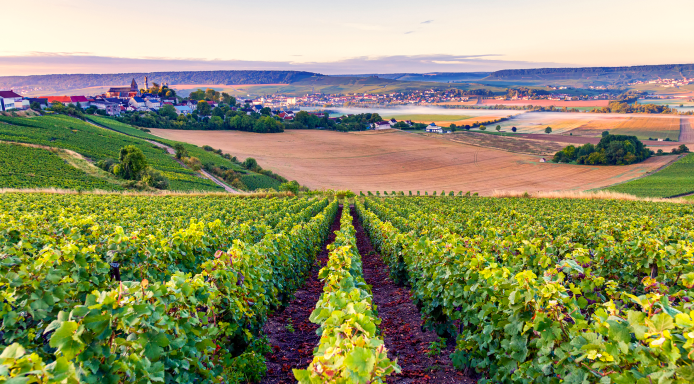France

France – the home of Bordeaux, Burgundy and Champagne – is arguably the world’s most important wine-producing country. For centuries, it has produced wine in greater quantity – and of reportedly greater quality – than any other nation. Wine is ingrained in French culture at almost every level of society; it is the drink of both the elite and the common people, and a key symbol in Roman Catholicism, France’s majority religion. It’s hard to imagine wine without France or vice versa, it is ingrained in every aspect of French culture. It is arguably the world’s most important wine-producing country. It has been producing wine since the Roman occupation, with some regions and vineyards still retaining the ‘same’ names from that time.
The enduring attraction of French wine is not necessarily its volume or prestige, however, but rather the variety of styles available. Consumer preferences have changed over the centuries, encouraging the development of new styles of wine from the terrain and grape varieties available to France’s vignerons. Red, white, rosé, sweet, dry, sparkling, opulent, austere, mineral-scented, fruity – French vineyards have produced wines to match each of these descriptors.
What makes France a producer of such a vast diversity of wine is due to the range of climate’s. The diversity of French wine is due, in part, to the country’s wide range of climates. Champagne is the most northerly region making it also the coolest region in the country. Rhone located in the south east is the driest. Bordeaux, heavily influenced by the Atlantic Ocean on its western border and the many rivers that crisscross the region, has a maritime climate. Far from any oceanic influence, eastern regions such as Burgundy and Alsace have a continental climate, with warm, dry summers and cold winters. Alsace is also the driest region of all France, protected from prevailing storm clouds by the Vosges Mountains on its eastern border. In France’s deep south, Provence and Languedoc- Roussillon enjoy a definitively Mediterranean climate, characterized by hot summers and relatively mild winters.
Geology and topography are equally important, although no generalization can be done. The country’s large number of independently recognized wine regions and sub-regions reflects its wide range of soil types – and the landscapes that created them. Each sub-region can be defined by its particular geographical features, which in turn create specific characteristics in the wines produced there. From the granite hills of Beaujolais to the famous chalky slopes of Chablis and the gravels of the Medoc, the sites on which France’s vineyards have been developed are considered of vital importance and are at the heart of the concept of terroir.
Each of the region’s appellation laws, loosely defined by the ‘terroir’. The region’s appellation dictates the grape varieties used to produce its traditional wines. In the past winegrowers planted and grew what thrived and gave a good crop in relation to the soil and climate. Thus, the relationship between French wine regions and their key varieties have evolved naturally over many centuries, as exemplified by the close relationship between Pinot Noir and Burgundy.
Where a variety has been used in multiple regions, the style(s) of wine it produces in each also evolved naturally. Then evolution was not only in the way the vine and variety was grown but also the style of wine produced. Taking Chardonnay as an example, when grown in the northern region of Champagne, the variety produces crisp, complex sparkling wines, while in Burgundy’s southern region of Macon the variety produces a rich buttery expression.
The complex France system of appellation was started in the early 20 th century. It has since been expanded and amended with new regions being recognized every few years. This complex system of laws ultimately defines each wine region and its boundaries and imposes strict rules around winemaking practices. Protecting the names of French wines and guaranteeing the quality and provenance of the products themselves are its key objectives. No other country has developed its appellation system to such an extent. While other countries model their appellation system on the French.


